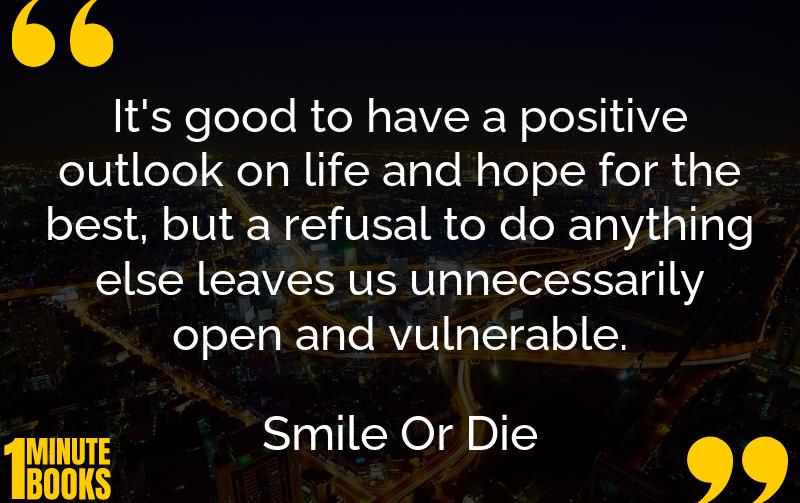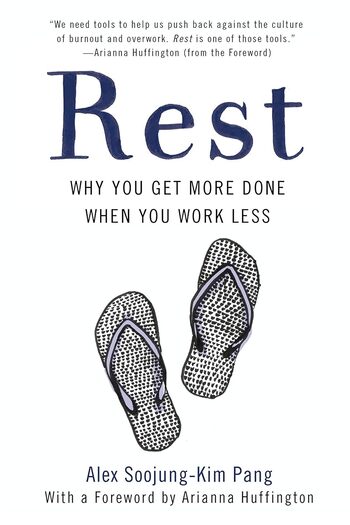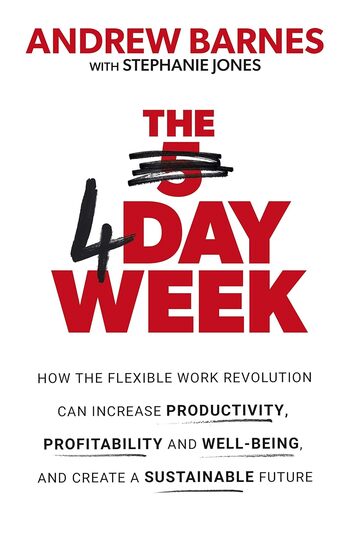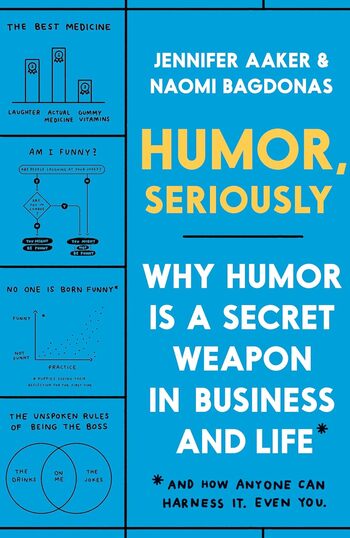
In ‘Smile Or Die,’ Barbara Ehrenreich critiques the pervasive positivity culture, shedding light on its negative impacts. She explores the origins and consequences of blind optimism, stressing the importance of critical thinking.
Main Lessons
- Positive thinking culture can lead to toxic positivity, where natural emotions like worry are criminalized.
- The evolution from Calvinism to New Thought shifted the narrative, influencing today’s positivity movement.
- Prosperity gospel links positivity to success and wealth, often leading to unrealistic expectations.
- Believing personal beliefs control all outcomes can foster self-blame and neglect genuine support systems.
- Corporations exploit positive thinking for profit, often sidelining employee rights and grievances.
- Motivational coaching tends to hold employees responsible for job satisfaction, benefiting employers more.
- There’s no scientific proof that positive thinking directly impacts health or recovery from illnesses.
- Unrealistic optimism can lead to ignoring genuine threats and dangers, affecting personal and societal safety.
- Blind optimism was a factor in governmental oversight before 9/11, illustrating its potential consequences.
- A balanced outlook, acknowledging potential risks, is necessary for realistic and healthy personal growth.
- The persistence of positive thinking culture underscores a societal rejection of pessimism and vulnerability.








